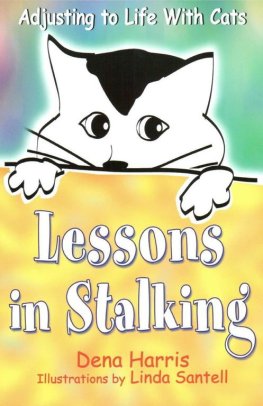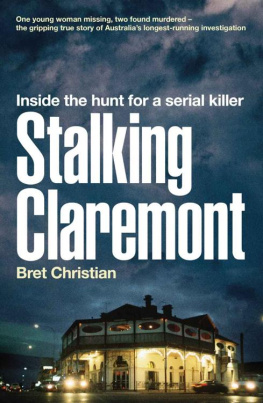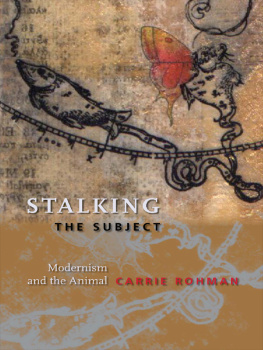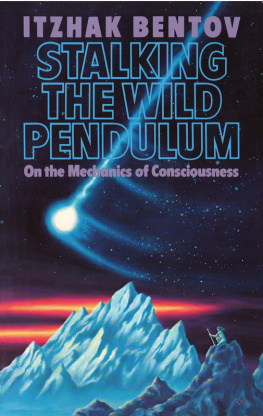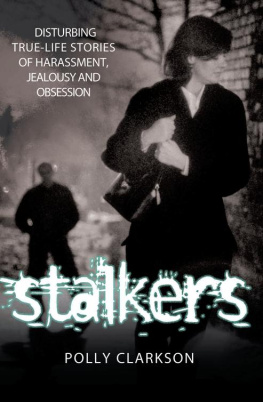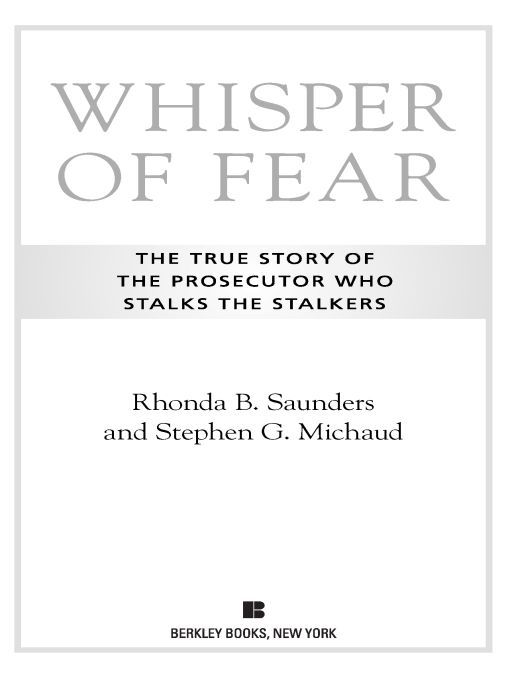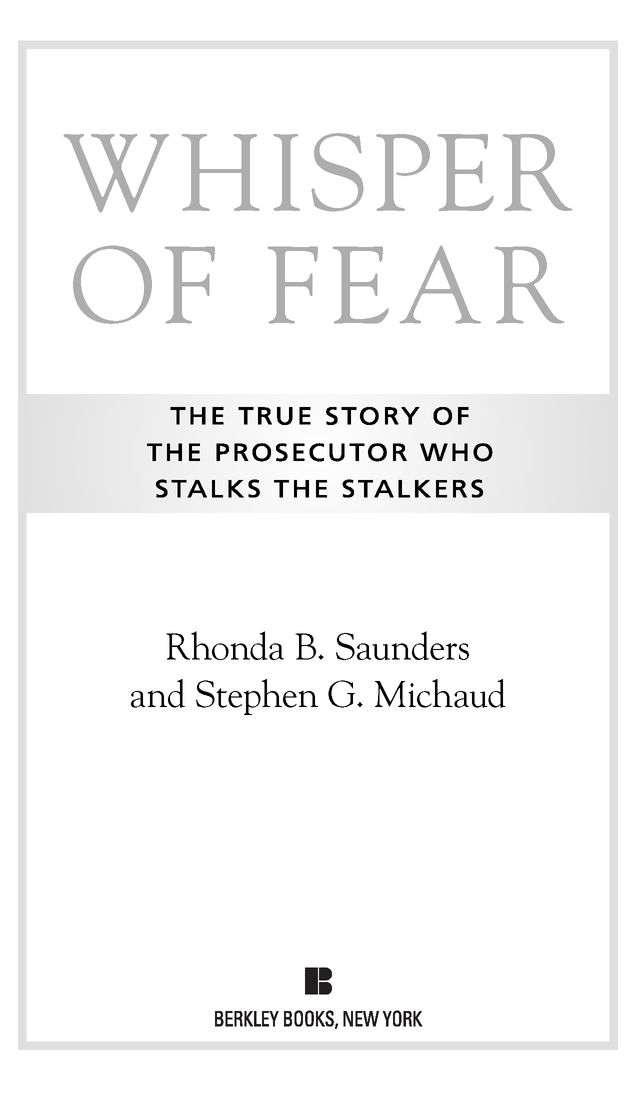Table of Contents
Most Berkley Books are available at special quantity discounts for bulk purchases for sales promotions, premiums, fund-raising, or educational use. Special books, or book excerpts, can also be created to fit specific needs.
For details, write: Special Markets, The Berkley Publishing Group, 375 Hudson Street, New York, New York 10014.
In Memoriam
Marie McGowan Poynton
ACKNOWLEDGMENTS
I would like to thank the following people, who have helped give birth to this book:
Theresia, Elisabeth, and Marianne Martin, for their encouragement and organizational skills in keeping an archive on my life and career since 1997;
My agent, Elizabeth Kaplan, for her belief in the value of this project;
My editor, Shannon Jamieson Vazquez, for her patience and many extraordinary ideas and contributions;
Marie Johnson, my friend and assistant, whose hard work and amazing research skills have helped put the pieces of this book together; and finally,
My family, for giving me the strength, through their love and encouragement, to overcome all obstacles.
Rhonda
FOREWORD
Three months after Mark David Chapman shot and killed John Lennon, he told a psychologist, I always knew in the future that this was going to happen... I always knew the whole world would know who I was. I always felt different and felt special and felt odd and peculiar. This is the mentality of the violent public-figure stalker, clearly articulated by a disturbed, socially adrift, personality-disordered young man whose solitary act of murder jolted a generation.
Stalking is a crime composed of three elements: an unwanted pursuit, a threat, and a fearful victim. It has been in the public consciousness for barely twenty yearsalthough there are references to it that date back centuriesmaking its way into the penal code of California in 1990 following two high-profile celebrity attacks and several killings of women by disgruntled ex-lovers in Orange County, California. Deputy District Attorney Rhonda Saunders stepped into this vortex almost right from the beginning, and made her mark. She played an instrumental role in shaping the evolving criminal law of stalking, and at the same time successfully prosecuted some of the most notorious celebrity stalking cases of our time: those against the stalkers of Madonna, Steven Spielberg, and Gwyneth Paltrow. There are now stalking laws throughout the United States, Canada, Australia, New Zealand, Britain, and many European countries, many of them modeled after Californias statute.
I have known Rhonda for more than a decade, and have had the pleasure of working with her as a forensic psychologist on several of these cases. Not only did she impress me as a hard-boiled LA prosecutor, but she also curiously understood something that prosecutors often dismiss: Many of those who stalk are not only dangerous but severely mentally ill. They live in the often murky netherworld of the mad and the bad, in need of both incarceration and mental health care. In my experience, this is a very unusual stance for a prosecutor to embrace, one quality that has made Rhonda Saunders both an extraordinary person and a formidable prosecutor. I hope she will forgive me for writing this, but it probably has to do with her artistic sidemost artists appreciate that everyone has an internal life and a story to tell, even criminals.
What do we know about those who stalk? The state of the science tells us that stalkers typically fall into four groups: those who pursue prior sexual intimates, acquaintances, public figures, and private strangers. We refer to this as a typology, and call it RECON, an acronym for two important parameters: the RElationship between the stalker and his object, and the CONtext in which the stalking occurs. Rhonda Saunders paints disturbing and colorful portraits of all four of these types, with a particular emphasis on ex-intimate and public-figure stalkers. Both of these groups have some distinctive characteristics.
The stalkers of ex-intimates make up the most malevolent and dangerous group. They also represent half of those who stalk. They are typically males who have been rejected by a wife or girlfriend, and furiously yearn for a reconnection. This seems like a bit of an oxymoronhow can someone be so angry and yet desperately seek to be with the one who has spurned them?but that is exactly the point. These combined emotions escalate the prior intimates danger. I have worked several cases in which such a stalker has killed his love object, and as he stands over her body, tells the police (or the 911 dispatcher) how much he loved her. Shakespeare, through the lips of Othello, put it well: I will kill thee, and love thee after... this sorrows heavenly; it strikes where it doth love. More than 80 percent of men who kill their ex-spouses or girlfriends stalk them beforehand.
These men typically have criminal histories, drug or alcohol abuse problems, and psychiatric disorders. What is unusual, however, is that most are not psychotic. In other words, they show none of the symptoms of someone who has lost contact with consensual reality, such as delusions (fixed and false beliefs) and hallucinations (false sensations, such as hearing voices that no one else hears). Yet they are exceedingly dangerous and persistent. The majority of these stalkers will assault their object of fixation sometime during the stalking, and will pursue for almost two years.
The public-figure stalkers are quite different. The public has a skewed perspective on these particular stalkers because the high-profile cases, such as John Hinckley, Mark Chapman, and Robert Bardoyoung violent males who attacked with a handgunare assumed to represent all such pursuers. They do not. Most public-figure stalkers are well into their fourth generation of life, and their fantasies of fame are supported by the hope that the celebrity figure will bring them romance, or at least goodwill.
Like the stalkers of prior sexual intimates, most are men, but the pursuers of the famous are often psychotic, and have severe mental disorders such as schizophrenia or bipolar disorderwhat we used to call manic depression. While such individuals also abuse alcohol or street drugs, medications to treat their mental disorders are often necessary, and they do best when the heavy fist of the law is accompanied by the velvet glove of treatment. In one large study of Hollywood celebrity stalkersRhondas bailiwickwe found that only 2 percent were violent, and none of the attacks resulted in serious injury. Such characters live on the margins of society, among all the lonely people, in the Beatles words, yet they are infected with a desire for fame, hoping to capture it in the reflected light of the famous.
There are also women who stalk. Little research has been done to understand who these women are, but we do know some things. Unlike the male stalkers, women do not typically stalk a prior sexual intimate, but instead prefer to stalk male acquaintances, often slightly older ones. They are usually divorced or single women in their mid-thirties, and desperately pursue their object to establish a relationship with him. About one in four will be violent, not a significant departure from the average frequency of violence for all stalkers. Glenn Close actually got it right in her portrayal of the female stalker in the movie


